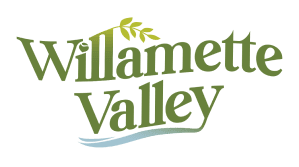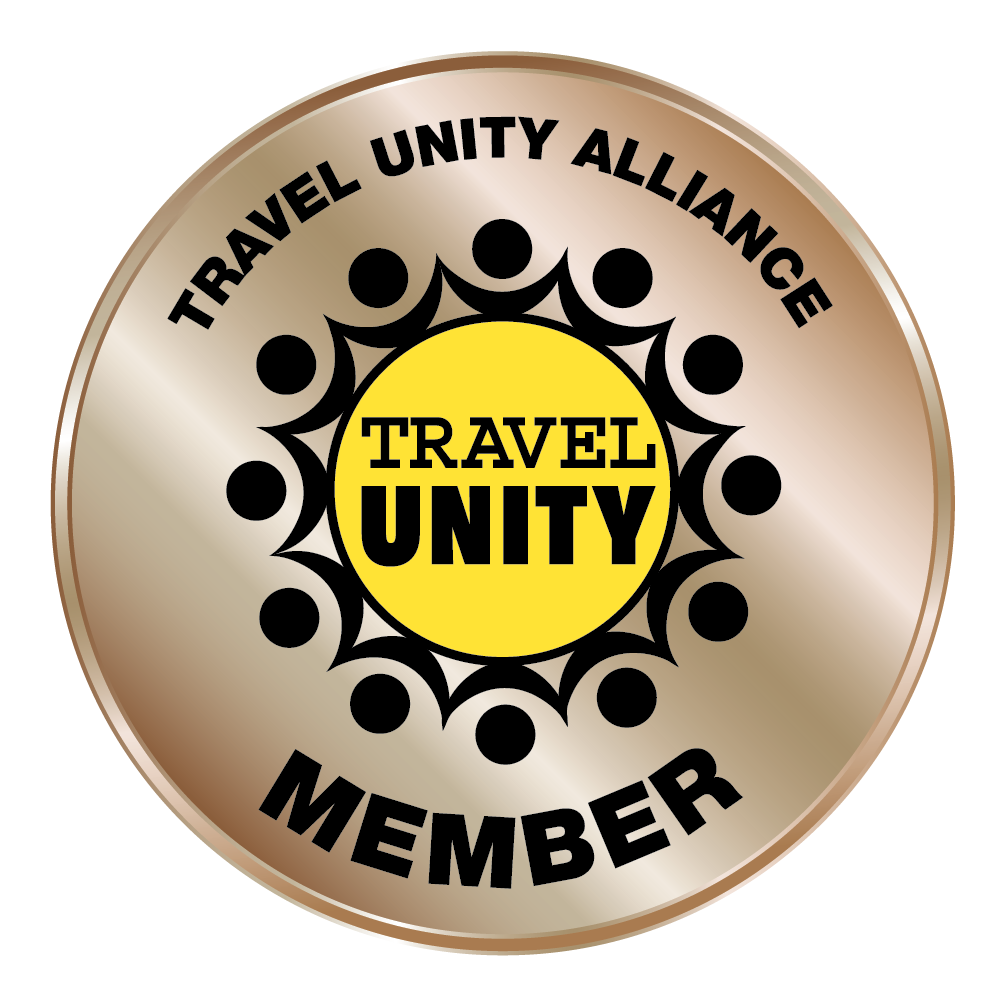Honoring the Black Pioneers and Communities of the Willamette Valley
Since Oregon's founding in 1859, the state's resilient Black communities have achieved success in a variety of momentous and important ways—many of which are chronicled in mobile apps, museum exhibits, and more throughout the Willamette Valley.
So if you want to learn more about the past and present of Oregon's Black communities, whether during Black History Month or all year long, here are several resources for doing just that.
Take Strides for Social Justice

In 2021, PeaceHealth partnered with the Eugene Marathon to develop Strides for Social Justice, a free, family-friendly mobile app that takes users on a walking tour of Black history in Eugene.
The app features seven walking tours that cover the breadth of the community-downtown, the University of Oregon, and beyond. And each tour has a slightly different focus that showcases a different aspect of the community's Black history; those include profiling student athletes at the University of Oregon, highlighting the injustices that many of the city's Black pioneers faced, and celebrating the achievements of Lane County's Black residents.
Learn More About "Racing to Change: Oregon's Civil Rights Years — the Eugene Story"
The Museum of Natural and Cultural History at the University of Oregon hosts a virtual exhibit that dives deep into the community's Black history: "Racing to Change: Oregon's Civil Rights Years - The Eugene Story".
The virtual exhibit, part of a larger exhibit on the Civil Rights movement in Oregon, was created in conjunction with Oregon Black Pioneers (a nonprofit dedicated to preserving and presenting the experiences of Black Oregonians statewide) to explore Black history in Eugene and Lane County.
The exhibit includes information on the Oregon state constitution and the struggles of the state's earliest Black residents—but pays special attention to the Civil Rights movement of the 1950s, 1960s, and 1970s. Here the exhibit covers Eugene's historically Black neighborhoods, the infamous Green Book (a travel guide, created in the 1930s and updated until 1966, that listed where Black motorists could safely travel, eat, and sleep around the United States), Black arts and culture in Eugene, and how the Civil Rights era unfolded around town.
Explore the Lives of Oregon's Black Pioneers in "Black in Oregon: 1840-1870"
Many Black pioneers arrived in the Willamette Valley throughout the mid-1800s-and you can learn about their stories, as well as of Black pioneers throughout Oregon-in the virtual exhibit "Black in Oregon: 1840-1870", now available on the Oregon State Archives website.
The exhibit seeks to explain the abhorrent history of how the state's first Black residents were treated-both before and after statehood-while also spotlighting their immense contributions in the state's earliest years. It profiles specific pioneers while also discussing the larger context of the era-such as the difficulties of researching Black pioneers and a timeline of events (in Oregon and nationally) that impacted the lives of Black pioneers.
"People of African descent are often left out of our state's early narrative," says Zachary Stocks, executive director at Oregon Black Pioneers. "This exhibit helps correct the record by pointing out the extraordinary legal and social inequalities that these Black individuals confronted in order to build a life for themselves and their families in Oregon."
Albany Explorer App Pays Tribute to Early Black Residents
The Albany Explorer app is a valuable resource for iOS and Android users looking to learn about the community in the heart of the Willamette Valley.
In addition to suggestions for where to eat, stay, and play, the app pays tribute to a pair of groundbreaking Black women in the city's history. Those include Amanda Gardener Johnson, who emigrated from Missouri and found work at Magnolia Mills, and Bessie Wyatt Hale—who in 1939 became the first Black woman to own a business in Albany.











